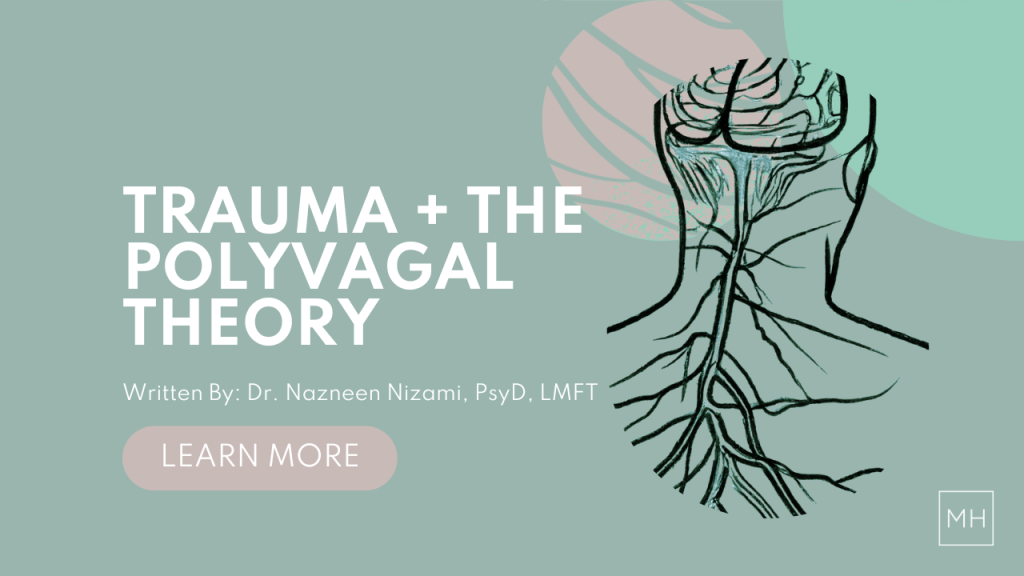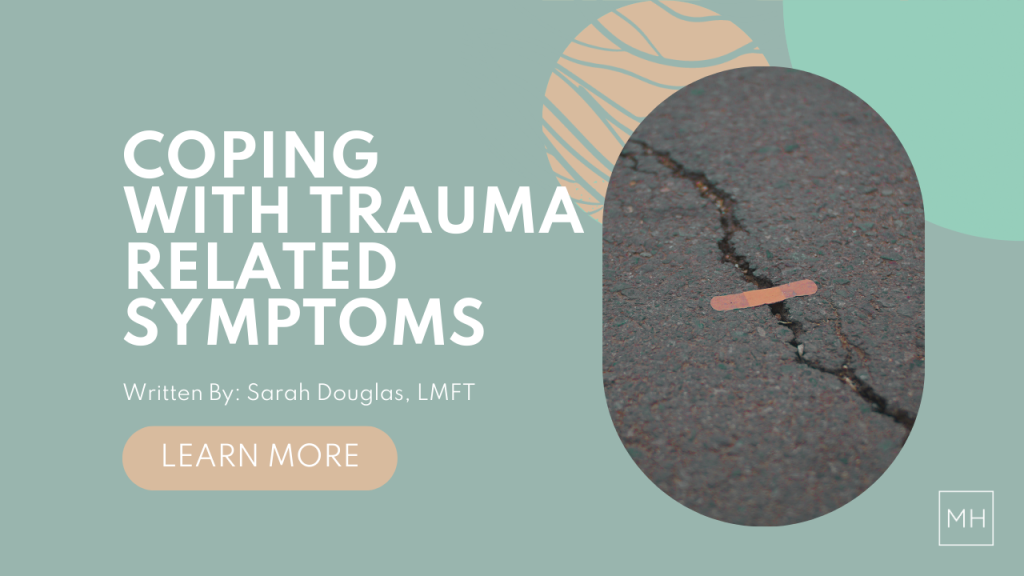Polyvagal theory is a leading model for understanding the role of the nervous system in trauma. Developed in 1994, polyvagal theory explains how the vagus nerve, which connects the brain to the body, influences our emotion regulation, social connection, and fear response. The theory proposes that the vagus nerve has three branches that correspond to three nervous system states: ventral vagal, sympathetic, and dorsal vagal.
VENTRAL VAGAL: The ventral vagal state is associated with feelings of safety, calmness, and social engagement. It helps us communicate, connect, and cooperate with others.
SYMPATHETIC: The sympathetic state is activated when we perceive a danger or threat and prepares us for fight or flight. When activated it helps us mobilize to survive in risky situations.
DORSAL VAGAL: The dorsal vagal state is triggered when we feel hopeless or helpless and leads to shutdown, collapse, or numbness. It helps us conserve energy and protect ourselves from overwhelming pain.
NEUROCEPTION
Our nervous system constantly scans our environment for cues of safety or danger through a process called neuroception. Neuroception determines which nervous system state we are in and how we respond to stressors. When we experience trauma, our neuroception can become distorted or biased toward detecting danger. This can influence us to believe that safe situations are unsafe or make us feel unsafe when are actually safe. This can result in chronic activation of the sympathetic or dorsal vagal states, which can impair our health, well-being, and relationships.
CO-REGULATION
The polyvagal theory also offers hope for healing from trauma by emphasizing the importance of co-regulation. Co-regulation is the biological need to be connected with others who can provide us with safety, support, comfort, and validation. Co-regulation can help us restore our ventral vagal state and access our natural resilience and resources. Co-regulation can be achieved through various modalities such as therapy, mindfulness, breathing exercises, yoga, music, art, nature, and animals.
The polyvagal theory is a powerful framework for understanding how trauma affects our nervous system and how we can heal from the painful experiences we may have endured. By learning about our nervous system states and how to shift between them, we can gain more control over our emotions and behaviors. By seeking co-regulation with others who are trustworthy and compassionate, we can foster a sense of safety and connection that can promote recovery and growth.
The Mental Health Collective utilizes polyvagal theory to help clients learn to shift between nervous system states. Early in our trauma treatment, we introduce the Safe and Sound Protocol, by Dr. Stephen Porges, to help clients develop balance and flexibility in responding to challenges. Listening therapies like the Safe and Sound Protocol (SSP), influence the nervous system through specially filtered music, activating the auditory neural network, including a branch of the vagus nerve. Using the SPP, we assist people in training the auditory processing system to tune into cues of safety signaled by frequencies of the human voice. The team at Mental Health Collective focuses on ensuring people feel safe, which is at the core of the sharing and transforming of trauma.
DO YOU HAVE A QUESTION?
Send our team a message or call 888.717.9355


